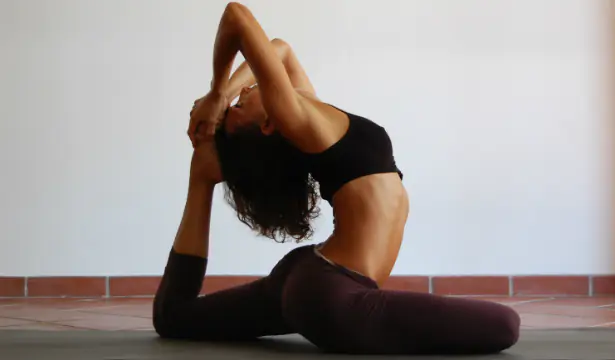Title: Yoga for beginners: master class
Finding inner harmony, relief from stress, improving your physical health - all this can be achieved with the help of yoga. Yoga is, of course, not fitness, but a deep system of self-knowledge. At the same time, yoga classes will improve not only your internal state, but also your physical fitness.
In order to get the maximum benefit from this discipline, you must first determine for yourself the goals that you want to achieve through mastering yoga. Why do you want to practice yoga? What do you want to gain? What do you want to change in your life? Only after you give yourself honest answers can you take things a step further.
There are many schools that are based on different approaches, each with its own characteristics. As a rule, beginners are advised to begin their knowledge of yoga with physical yoga. There are reasons for this. In yoga, there is a great temptation to study some higher aspects of meditation, exotic yogas, leaving the physical body without due attention. However, without basic training you will not be able to achieve good results.
Today there are many specialized schools where you can start your studies. For some, it is more convenient to study at home. But it’s still better to first attend several yoga classes for beginners in specialized institutions in order to feel the atmosphere, learn a few exercises and remember the inner state.
Hatha yoga is one of the most striking examples of physical yoga and most suitable for beginners. Hatha yoga is the lower stage, which is the basis for other types of yogas. In this type of yoga, you will be taught to control your own body and find physical harmony through poses (asanas) and meditation.
To understand what we are talking about, we suggest watching a yoga lesson for beginners. But before you start, check out some rules:
-
You should not start performing poses immediately after sleep, or just before bed. Before going to bed, they act as a stimulant, which can result in insomnia for you.
-
Asanas (postures) are always done on an empty stomach, preferably 1.5-2 after a light meal and 3-4 after a heavy meal.
-
If you practice at home, the room should be clean and well ventilated. You can practice outdoors, provided that no one disturbs you.
-
Clothes should be spacious and comfortable. Preferably from natural fabrics.
-
You must choose a specific time according to your daily routine. It is advisable to study at the same time.
-
All exercises should be performed without haste, measuredly, focusing on sensations.
-
You must free yourself from thoughts. Let go of all worries, forget about troubles. There is only you and your body.
-
You can practice on the floor, but it is better to purchase a special mat, preferably non-slip.



